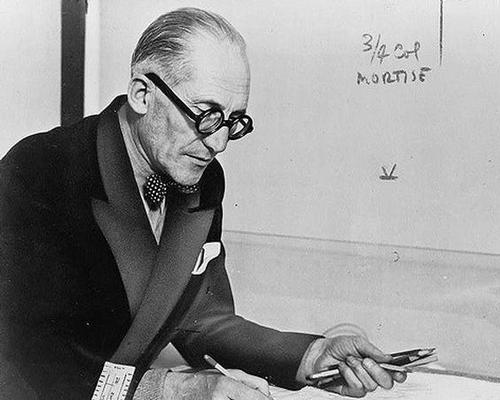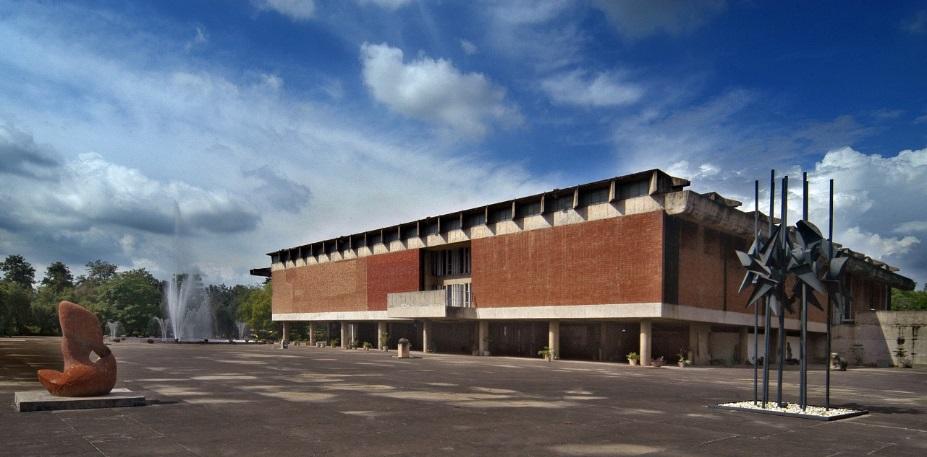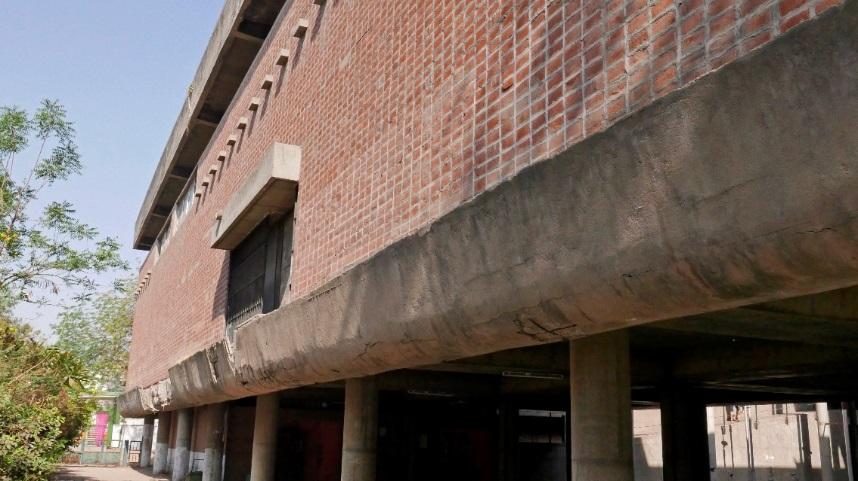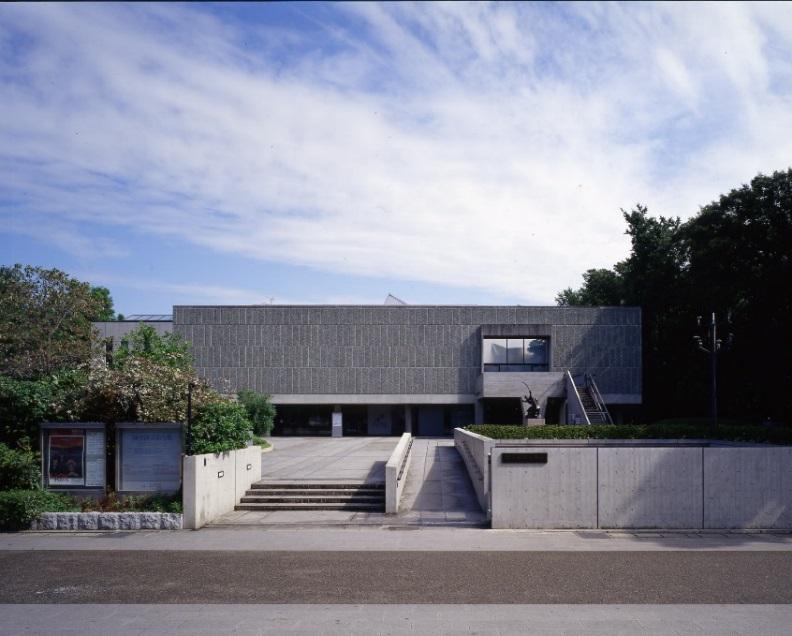29 Jan 2018
Saving Le Corbusier's museums – Getty Conservation Institute launches special workshop
BY Kim Megson

The Getty Conservation Institute (GCI) has announced it will prioritise the care and conservation of the only three museums designed by the legendary Le Corbusier.
As part of its Conserving Modern Architecture Initiative, the CGI will host two workshops in India, where two of the three museums are located – the Sanskar Kendra Museum in Ahmedabad and the Government Museum and Art Gallery in Chandigarh.
The third, the National Museum of Western Art, is in Tokyo, Japan.
The workshops – taking place from 4 to 6 February in Ahmedabad and concluding 8 February in Chandigarh – will include representatives from the Fondation Le Corbusier and all three museums.
They will focus on improving both architectural conservation and collections management for each building, and a public lecture and panel discussion will be held to discuss the issues in detail.
The three museums were designed by Le Corbusier in the 1950s and 1960s and were the only ones he completed during a prolific career. Based on his trademark modernist philosophy and his concept of a “museum of unlimited growth", he created what he considered an ideal museum plan that allowed for future expansion.
According to the GCI, “the buildings are similar in size, shape, floor plan and exterior appearance, and share features such as sitting on an elevated pilotis, or thick concrete columns, and an exposed concrete frame with concrete floors and roof. Each museum was also designed to occupy a large plaza or open space, and is part of a cultural centre".
Speaking about the workshops, Susan Macdonald, head of Buildings and Sites at the GCI, said: “By asking the museum participants to consider what is significant about their respective museums as individual buildings and as part of the larger collected work of a great architect, each can better develop the necessary conservation policies to care for these significant buildings and their important collections.
“They will also discuss shared conservation challenges and potential solutions, thus creating a network of stewards of these important museums.”
The Conserving Modern Architecture Initiative seeks to advance conservation of 20th-century heritage through information sharing and the development of practical conservation solutions.
In the spotlight
The Getty Conservation Institute on Le Corbusier's three museums
Government Museum and Art Gallery, Chandigarh, India

“The entire city of Chandigarh was designed by Le Corbusier, and the Government Museum and Art Gallery (completed in 1968) plays an important role in its cultural life. It also reflects Le Corbusier’s modern design principles, which are fundamental to Chandigarh’s identity as a model modernist city.
“The museum houses one of the largest collections of Gandhara sculptures as well as a collection of Pahari and Rajasthani miniature paintings.
"The museum has identified several challenges related to how best to exhibit and care for the building and its diverse collection of art, and how to manage environmental issues that affect both the collection and the visitor experience. It is addressing these issues by developing a Conservation Management Plan, which is being supported by a 2017 Keeping It Modern grant from the Getty Foundation.”
Sanskar Kendra Museum, Ahmedabad, India

“Sanskar Kendra (completed in 1954) currently houses the popular Kite Museum, which contains examples of traditional Gujarati paper and fabric kites. Its City Museum exhibition tells the story of Ahmedabad and its diverse cultures using objects such as large medieval coins, scripts and documents in Devnagari and Urdu, pottery, and frescoes. BV Doshi, a renowned Indian architect who is still practising architecture in Ahmedabad, worked with Le Corbusier on the original design and construction of the museum.”
National Museum of Western Art, Tokyo, Japan

“The National Museum of Western Art, Tokyo, Japan (completed in 1959) is a UNESCO World Heritage site located in Ueno Park, north of the Imperial Palace. Three Japanese architects – Kunio Maekawa, Junzo Sakakura and Takamasa Yoshizaka – worked with Le Corbusier on this project, which symbolised restored diplomatic ties between France and Japan after WWII.
“The museum has a large number of visitors, with a professional staff who oversee a robust program of exhibits and public programs, and who carefully manage the building. Additions were added in 1979 and in 1994. Major seismic improvements have also been done, and future additions are also being considered in order to accommodate growth.”
Close Window